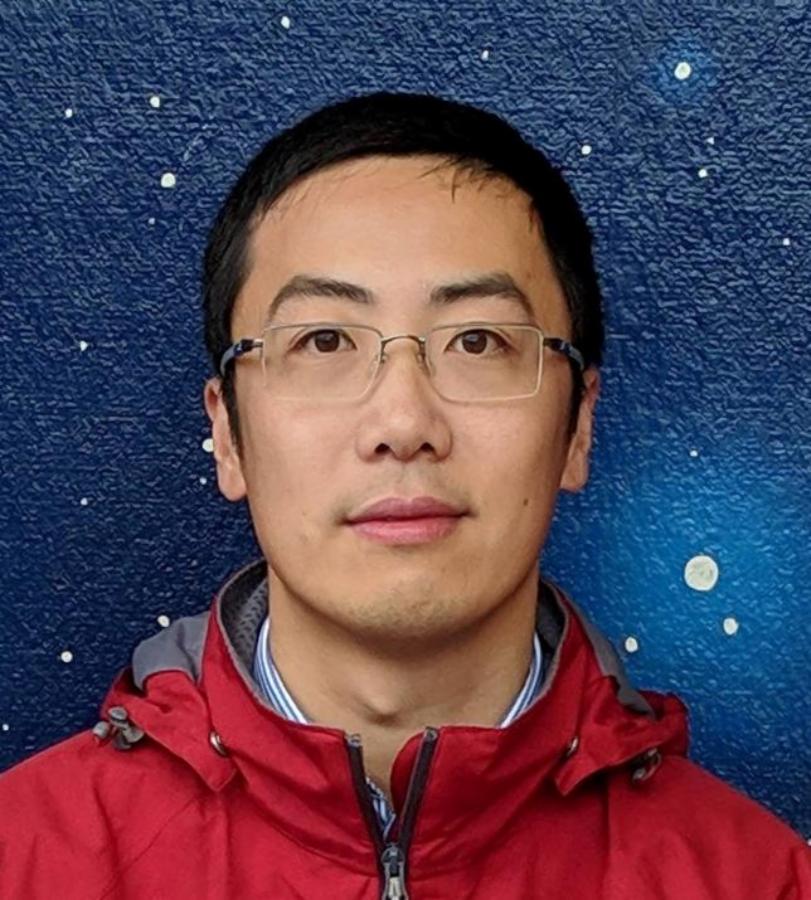Key UC Contact
What We Did
The UC Spatial And Image Learning group has been optimizing the detection of road surface defects, such as potholes and cracking. We worked on using cameras and lidars mounted on cars to collect useful information together with the state-of-the-art machine learning techniques, and collected over 3000KM of road data to improve the automation, accuracy and speed that such defects can be identified. We are obtaining road defects identification, and enable the road defects are fixed before they became a major hazard to road users.
Who Was Involved
NZ Transport Agency and Christchurch City Council have an interest in optimizing their detection and management of road. The UC Spatial And Image Learning group is leading the R&D side of this project, we have three research thesis students, and a group of UC and external collaborators.
Why It Matters
Currently it costs ~$300K annually to assess road defects in Christchurch. This problem is scaled by a factor of 20 in New Zealand. This is an expensive and time consuming process. We want to use image machine learning and on-board processing to reduce this cost.
Learn More
Spatial And Image Learning (SAIL) Team: Spatial and Image Learning | University of Canterbury
UC Spatial And Image Learning (SAIL) group researchs in collaboration with NZ Transport Agency, Christchurch City Council, Christchurch Airport and Stats NZ. UC SAIL group is kindly support by the School, UC R&I and KiwiNet.
We have a wide research network in Australia and New Zealand, and are open to related research collaborations, and interests from prospective PhD students.
Li, H., and et. al. (2021). 3D lidar point-cloud project operator and transfer machine learning for effective road surface features detection and segmentations. The Visual Computer Journal.


